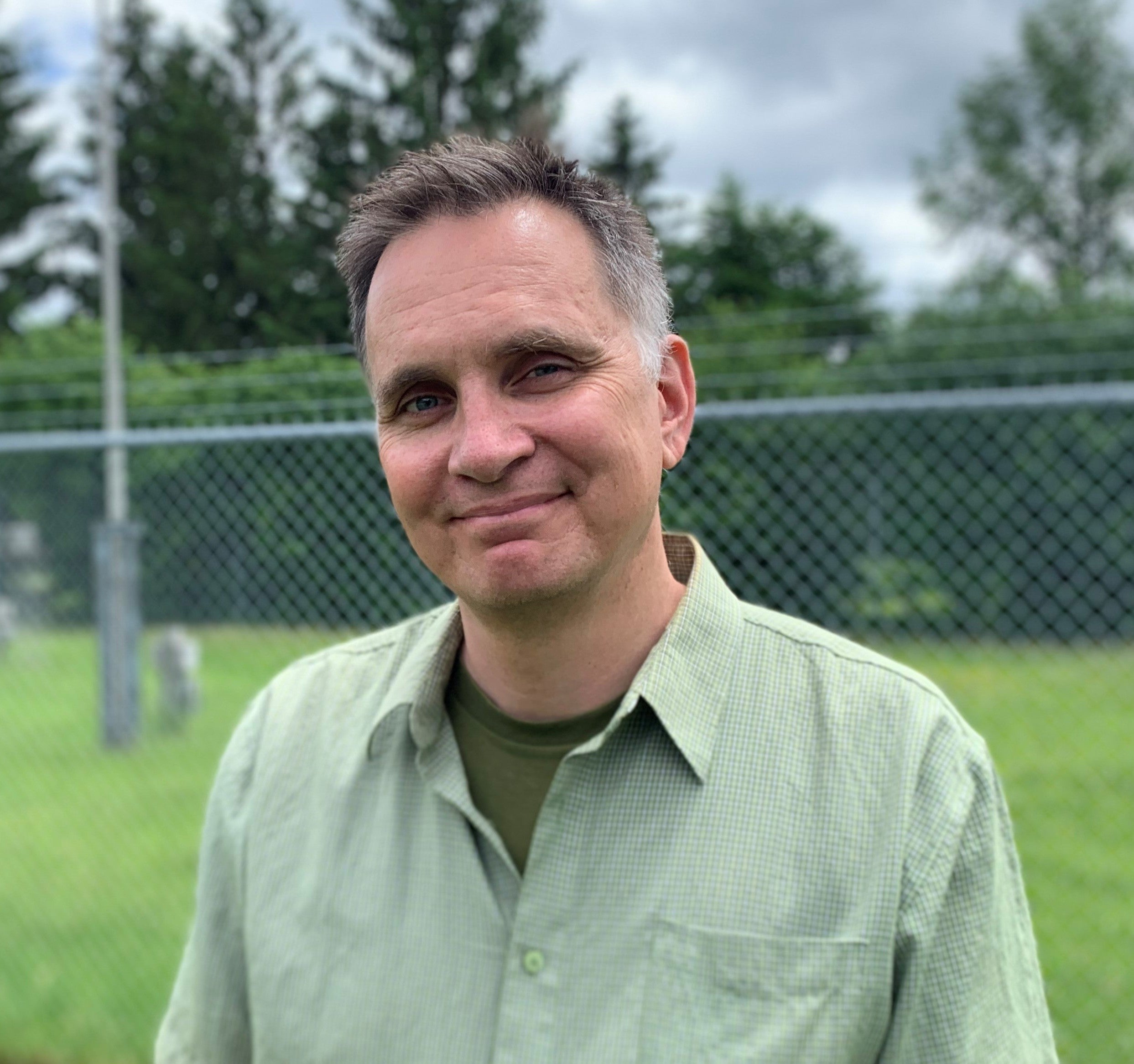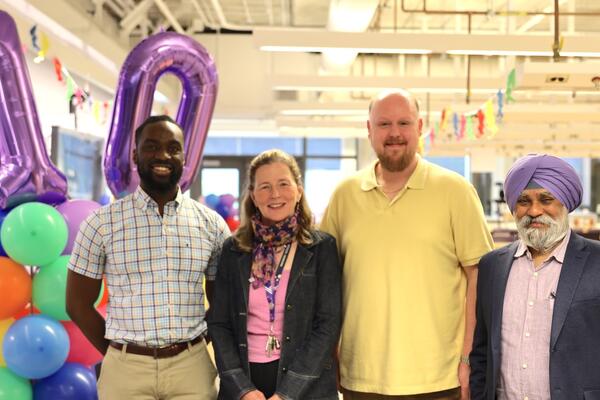
Weathering the challenges
Alumnus volunteers to keep the University's weather station running

Alumnus volunteers to keep the University's weather station running
By Brian Caldwell Faculty of EngineeringOf all the information yielded by the University of Waterloo Weather Station since its launch as an internet experiment 23 years ago, one non-technical fact is right up there in terms of interesting tidbits.
Frank Seglenieks (BASc ’91, geological engineering; MASc ’95 and PHD ’09, civil engineering), the station’s high-profile co-ordinator, hasn’t actually worked for the University for 12 years.
Since getting his doctorate and landing a job with Environment Canada in 2009, he has continued producing monthly summaries and doing media interviews as a volunteer.
interviews as a volunteer.
“There was nobody obvious to take it over and I wanted to make sure it kept going,” he says.
Frank Seglenieks
Seglenieks was working for civil engineering professor Ric Soulis in 1997 when Environment Canada gave them some surplus equipment and asked if they could post weather data on the then-fledgling internet for public access.
Pulling it off meant using analog telephone lines and a modem, but in just over six months they had a website that displayed temperature, wind speed and other data points from a location on the north campus.
“It was quite the challenge,” recalls Seglenieks, now a water resources engineer whose work involves monitoring water levels in the Great Lakes.
He is proud to note the original website is still in service and that, in addition to current conditions, users can download historical data, for free, stretching all the way back to Day One on February 28, 1998.

Read more
The Pearl Sullivan Engineering IDEAs Clinic marks a decade of delivering experiential learning embedded in the real world and mentored by industry professionals

Read more
From AI-powered cap tables to complex valuation tools, Waterloo co-op students drive Carta’s innovation while shaping its engineering talent strategy

Read more
From transforming solutions for homeownership to advancing health care interventions, Waterloo talent continues to disrupt industries and drive change
The University of Waterloo acknowledges that much of our work takes place on the traditional territory of the Neutral, Anishinaabeg, and Haudenosaunee peoples. Our main campus is situated on the Haldimand Tract, the land granted to the Six Nations that includes six miles on each side of the Grand River. Our active work toward reconciliation takes place across our campuses through research, learning, teaching, and community building, and is co-ordinated within the Office of Indigenous Relations.